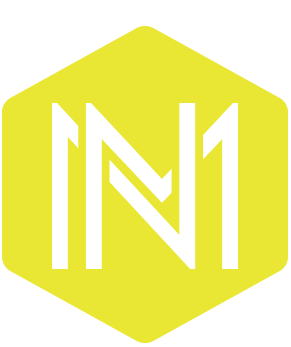1. You need to like their work
This may seem obvious but it happens. A client picks a designer based on a referral but doesn't take the time to look at that designers work. Every designer has a style and it's important that the client and the designers style is a match. If you love the designers work, you'll most likely be thrilled with the work they do for you.
2. They need to be organized and prompt
Designers and creatives have a reputation for being a little flakey. So when you're in initial talks with a designer make sure they are on time for meetings, that they don't reschedule and that they show up prepared. Things like communicating with the client, meeting deadlines and informing the client when and if things are going off track will make or break a project. Making sure your designer is organized and prompt is key.
3. They need to be excited about the project
New projects are exciting! If your designer doesn't seem thrilled with the thought of new work, maybe it's not a great fit.
4. They should possess a sense of urgency
If the client hasn't responded to edits or initial drafts and this is going to effect the deadline, the designer should be on it, 'Just wanted to follow up', 'I wanted to make sure you received the revised', etc. The designer needs to be actively working towards meeting your deadline even if you're the one holding up the process.
5. They need to 'get' you
Some people just 'get' you, if a designer seems confused about what you do or isn't quite understanding they might not be the best fit. Someone who's a good fit will ask great informed questions, they will have worked within your industry or learned enough about it to be clear.
6. They need to be experienced and confident
You can tell by a designers portfolio if they're experienced with projects similar to yours, you can also tell by asking questions. An experienced designer will be able to talk through ideas, design and production with ease, they'll be able to confidently make recommendations in a way that makes you feel comfortable and feel like you're in capable hands.
7. They need to have relationships with vendors
Having great relationships with vendors is a must, there are all different types of vendors with different specialties and knowing who to partner up with to produce the best possible product at the best possible price is an advantage that experienced designers have.
8. They need to be able to problem-solve
There are many problems that arise in projects: design problems, client problem, vendor problem, production/quality problems or logistical problems. Being able to confidently handle them, come up with creative solutions and communicate to all parties involved in a way that makes everyone feel comfortable is an important skill to have.
9. They should be clear communicators
Clear communication is so important, as a client if you feel confused about what is happening and when it's happening you're going to lose confidence. Designers should be clearly communicating what is happening, when it's happening and what the next step is.
10. Both the client and the designer should be comfortable with each other
If you feel intimidated by your designer or your designer is feeling intimidated by you, either party might not be communicating everything that needs to be communicated. If that's the case, it's not the best relationship. It's not a guarantee that you won't have great results but it could lead to that. There needs to be open lines of communication on both sides, if the client hates the work, they need to say it, if the designer is confused by some feedback, they need to feel confident enough to let the client know so they can get clear.















